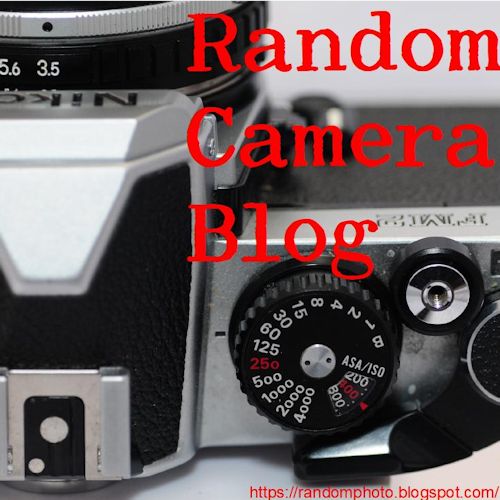My Olympus EPL-1 with the Kern-Palliard 75mm lens.
After I got everything home, I started poring over the boxes, and found some interesting c-mount lenses. In this case, these are not video lenses, but ones made for 16mm movie cameras. All are quality glass, and this one, the Kern-Palliard Switar 75mm, f:1.9 is a real gem. It's a precise, well-made Swiss lens, not some cheap Chinese CCTV lens. There are small holes in the lens barrel so that when one reduces the aperture, little orange dots appear to show you the depth of field! I have never seen such a thing before. Anyhow, I put it on my Olympus EPL-1 with the C-mount adapter, and am really pleased with the results. Wide-open, the lens has a very pleasing bokeh, and because it's a short telephoto, it allows me to more easily isolate a subject from its background.
On the Olympus M4/3 camera, the effective focal length of the 75mm becomes 150mm. It ought to be quite interesting for portraits, which will be my next challenge to try out with this lens. There were some other interesting c-mount lenses that came with a Bell and Howell 16mm Filmo movie camera. I'll report on them after I have tested them out.

2 comments:
I am enjoying your blog as I myself do also this kind of experiments. But it are mostly old nikon, canon and leica lenses I use. All on 4/3 and some also on sony nex. I have also some old kern-paillard lenses somewhere but never thought to use them. Only I am still puzzling about your remark that 75 mm on 4/3 is 150 mm. The diagonal of 16 mm film is 12.7 mm and from 4/3 22.28. If 75mm is meant 75 for 16mm ( why not) then the crop factor must be 22.28/12.7 = 1.75 making the 75 mm global a 130 mm. If you think this is to much nitpicking then place don't post it.
Thanks for the comment, and you are correct! I am so used to doing the math for 35mm lenses, that I forgot to factor in the difference for 16mm.
Post a Comment